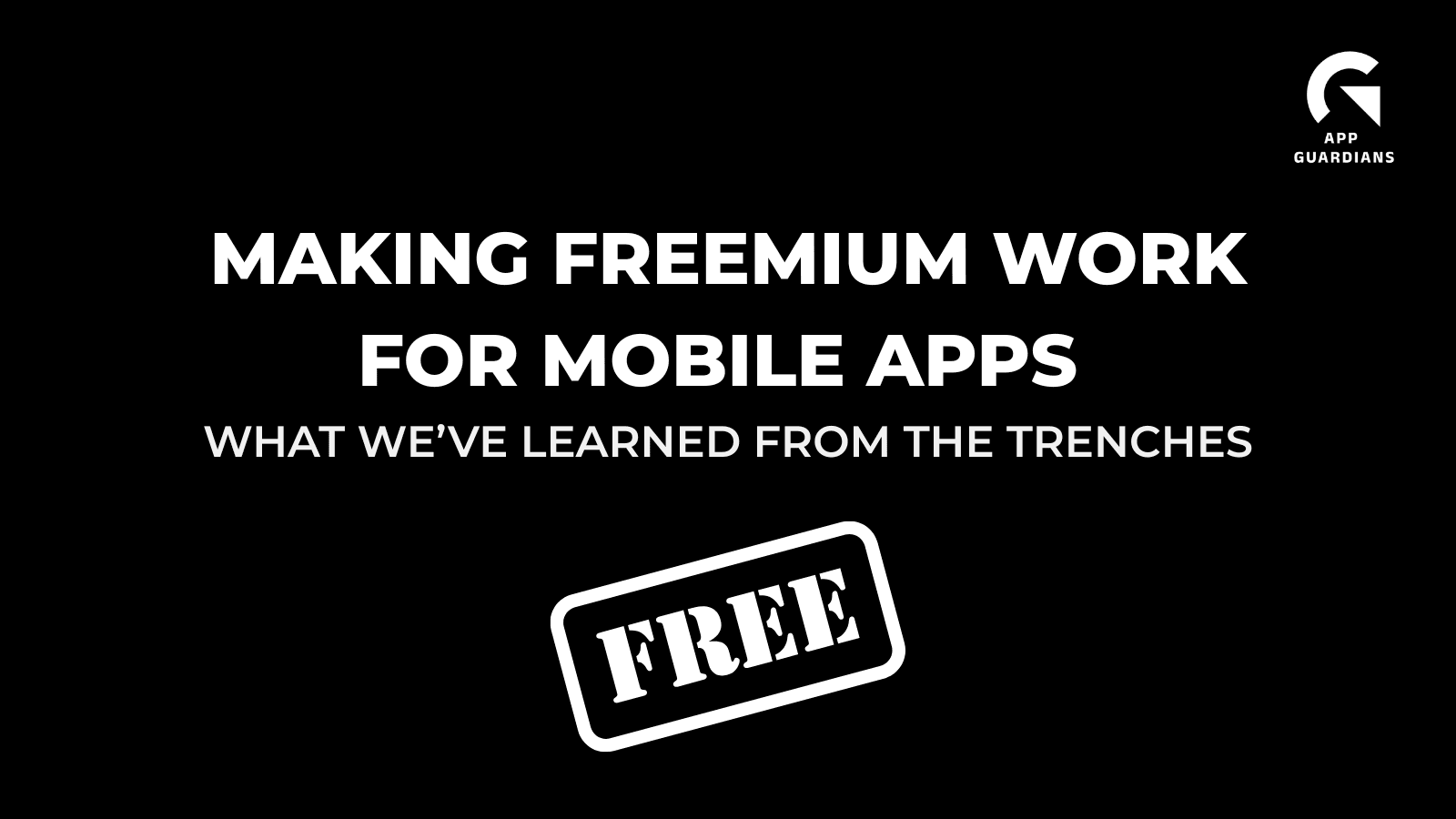What is a Bundle ID & How Does It Impact Mobile App Ranking?
When it comes to launching your mobile application, it seems that most mobile marketers have a different idea about what Bundle ID and Application ID are. Leaving us with questions like what is it? Can you change it? And does it impact your mobile app’s ranking? We investigated this topic, for both Apple and Google. Follow along to find out how you can tweak your Application ID to help improve your app rankings just a little bit more.
What is a Bundle or Application ID?
In the Apple App Store, the Bundle ID serves as a resource that represents the app’s unique identifier that you can register, modify, and delete. It allows you to connect third-party services offered by Apple such as “Health, Apple Pay and In-App Purchases”.
While in the Google Play Console the Application ID serves as a unique identifier for your app on devices and in Google Play Store. In the Play Store, using the “product flavors” feature, you can also add suffixes to your Application ID if you wish to have a separate App for the Pro and Free Versions (multiple different app store listings).
When apps are being developed for either platform you are free to modify or delete this identifier – the concern arises when these IDs are used in the final build submissions for Apple Connect or Google Play Console.
Google Play Application ID

According to Google, there are a few naming rules that are important within the Application ID.
- It must have at least two segments (one or more dots).
- Each segment must start with a letter.
- All characters must be alphanumeric or an underscore [a-zA-Z0-9_].
Ex. for Google Maps the Google Application ID is com.google.android.apps.maps
App Store Bundle ID

Next up, Apple. According to their developer site, “you can only delete bundle IDs that are used for development. You can’t delete bundle IDs that are being used by an app in App Store Connect“.
According to Apple, the following rules apply when generating a Bundle ID
- The bundle ID string must contain only alphanumeric characters (A-Z, a-z, and 0-9), hyphens (-), and periods (.).
- The string should be in reverse-DNS format.
- Bundle IDs are case-sensitive.
Ex. For Apple Maps the Apple Bundle ID is com.apple.Maps
How does this affect your mobile app’s rankings?
According to our in-house ASO expert, Bundle ID and App ID have significantly lower impact on rankings than other optimizations such as changing an App’s Metadata (Title, Subtitle, Keywords).
For Google, it has been shown through user testing that if an app has certain keywords in its Application ID that are unrelated to the application, this allows the app to index, and therefore rank for that keyword. This was seen in the case of Super Mario Run ranking for the term “Zara” and Facebook ranking for the term “katana” (both of which no longer rank if you search the respective keywords). Applying this knowledge to ASO, you can include the main keywords which you want to expedite the indexing for, (allowing an app to rank for) within the Application ID.
For Apple, the impact is less certain. As far as we can tell, the only impact Bundle ID has on Apple’s rankings is purely for aesthetics. When you search for an app on the web, the URL includes the bundle ID, uniquely identifying the app. This also works when you want to search the app directly for download, you can search it by the Bundle ID.
What should you include in your Application/Bundle ID?
For Google, we recommend that you use the main keywords that you wish to index your application for. For Apple, using branded keywords can provide a benefit from an aesthetic and direct search standpoint.

For example, if a fitness app like 8 Fit is making their Application ID, we can see on AppTweak that strong fitness words to index for would be “workout”, “lifestyle”, and “fit”. A potential ID could be 8fit.workout.lifestyle.fit, which would expedite the indexing for “workout” and “lifestyle” when the app first launches.

If a dating and networking app like Bumble is making its Bundle ID, some branded keywords are “Bumble”, “date”, “meet”, “bizz”. So they could make their Bundle ID “Bumble-Date-Meet-Bizz” for brand consistency.
In Summary
The Application ID for Google Play allows you to uniquely identify your app within Google Play Store, it cannot be edited once your app is submitted to Google Play Console. It allows you to distinguish between separate listings of your app, like a paid and free version. There is evidence that shows your application ID impacts ASO rankings by indexing keywords which allows you to rank for them sooner. Creating an Application ID with keywords that you wish to index for can help improve your rankings.
The Bundle ID for IOS apps allows you to connect your application to multiple native IOS services. It is only permanent once your app is submitted to App Store Connect and is unique to your application. From an ASO standpoint, there is no clear evidence of its impacts. It can provide aesthetic value to create a Bundle ID with your branding in mind.
At App Growth Network, we are committed to supporting our client’s growth no matter which stage of their product cycle they are in. If you need a team of mobile app marketing professionals who will partner with you to help you achieve your business goals – and celebrate your gains with you – please contact us!
Authored by Amrit Shergill, AGN Digital Marketing Analyst
Related Articles
In today’s app economy, the “hard paywall or bounce” model is losing its edge. Users are savvier, competition [...]
Two major updates from Apple have landed — and if you work in app marketing, growth, user acquisition, [...]
The Digital Markets Act and the Digital Services Act are two major pieces of legislature brought forth from [...]










